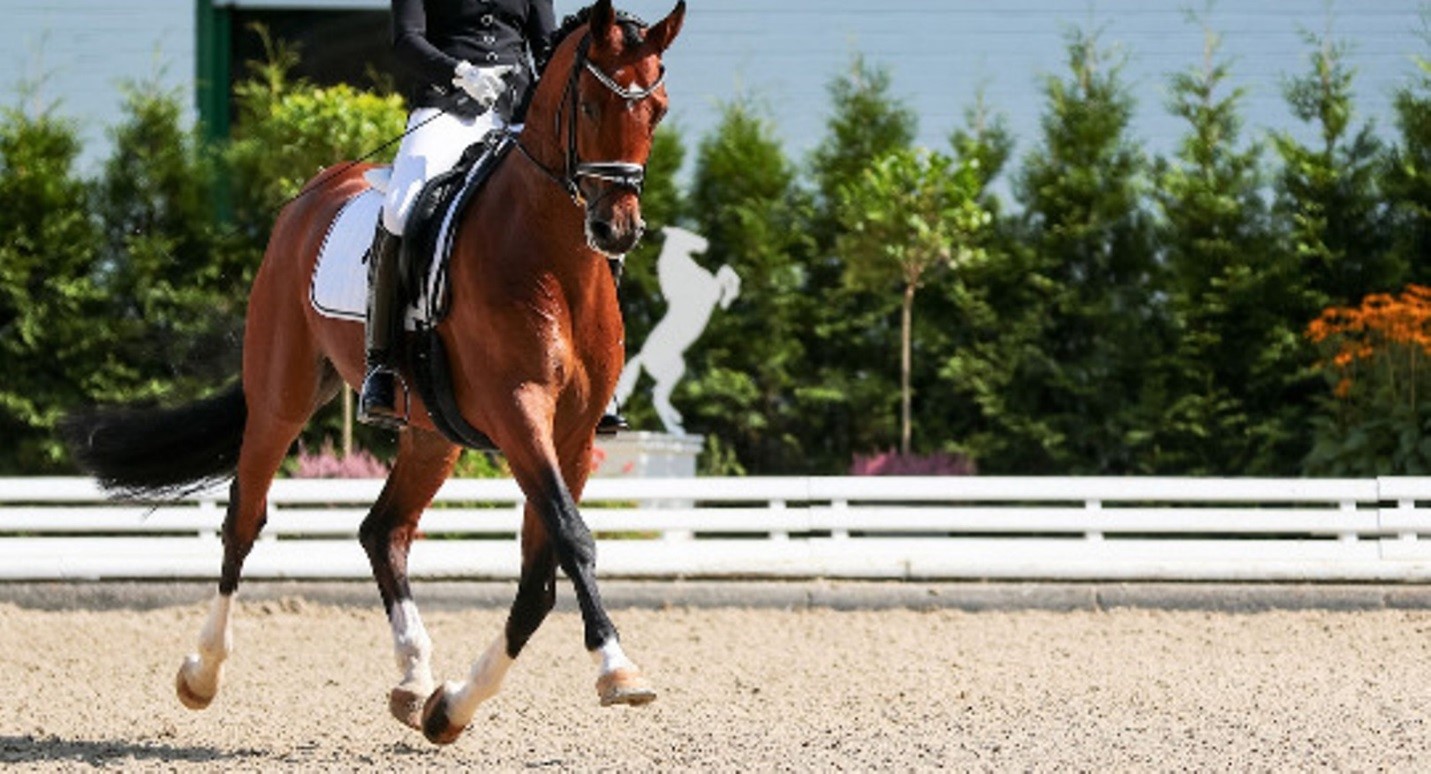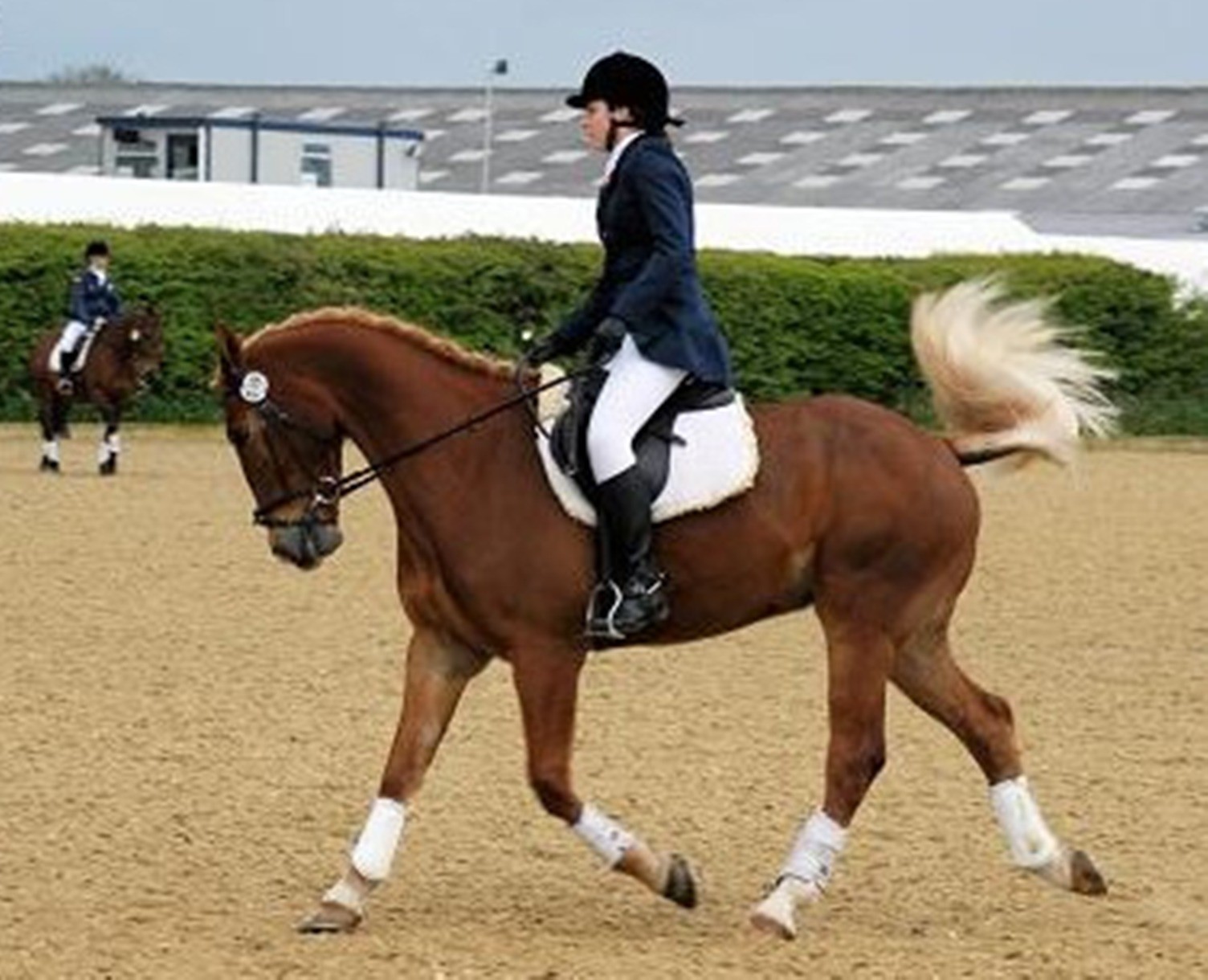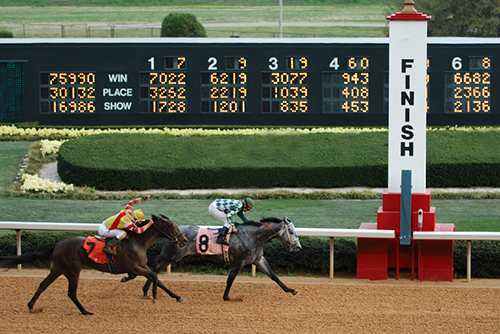A Look at Some of the Best Trotting Tips
Trotting describes a kind of movement in which horses move in diagonal gaits on a beat. With a horse's balance in consideration, trotting shows stable gait. This does not make any major demands on the horse's ability to use the motion of its neck and head for balancing. Due to the distinctions of the trot, it is a regular gait the horse is trained in for the reasons of dressage.

It is a two-beat gait in which the horse's legs in diagonal pairs move simultaneously with these beats having in between them times of suspension. It was in 1872 that photography was used to show that trot gaits included times of suspension in the air. This shot was taken by Eadweard Muybridgde, capturing this unsupported transit in pictures. For more on this, you can check here.
There is a broad range of possible achievable speeds; however, a 13km/h average obtains in many instances. When trotting is on a slow pace, it is usually called a jog. There is no special name for really fast trots. You should expect a Standardbred to pace faster than a non-racing horse in harness races. Some Standardbreds have been known to exceed 30miles/h. Sebastian K, the Swedish Standardbred that clocked 33miles/h, astonished people in 2014 at a race in Pennsylvania.
There are techniques to trotting. For a rider, a horse repeatedly dropping between beats and re-bouncing as the legs hit the ground, could make it difficult to sit. With each hit to the ground that a diagonal leg pair makes, the rider risks an upward jerk away from the saddle. Landing back on the saddle could therefore come with some forceful impact. To counter this, the English therefore would adopt a style known as posting when speeds exceed that of a jog. This is actually a rhythmic ascent and descent that synchronizes with the horse's movements in order to avoid being jolted. When a rider masters posting, trotting becomes painless for both rider and horse.
Trotting Positions

You can ride a trot in any of three possible ways; sitting, riding/posting and two point or half-seat.
Sitting
For maximal control, a rider should sit for the trot. The rider will make demands of the horse for a decreased or increased movement, or for rising or descending transitions, through weight and seat movements. When riders are yet to build up back and stomach muscles, sitting is quite strenuous. Riders who are skilled in this style have their abdominal and back muscles well-conditioned to be able to endure long periods of such trot.
Slow jogs that do not come with bouncing are easily learnt; but a very fast paced trot that is still without bouncing comes from training and experience. Without training and experience, a rider risks harming the horse as a result of repeated bouncing on its back. Regardless of training, sitting is not possible in every case, like in harness racing. In sitting, the seat stays within the saddle all the time as the rider rides without bouncing, though following the horse’s motion. Sitting proves your equitation skills of moving your horse silently.
Posting Or Rising
This is like the opposite of the sitting trot where the rider tries not to bounce off the saddle. Here, there is a need to rise and drop with each stride. So, the rise off the saddle occurs on a beat, and on the following beat there is the drop back into the saddle. This can be comfortable for the horse as well as the rider if done well. Posting does not give you the same control that sitting does, as it allows the horse some freedom.
The hips, lower back, legs and stomach of the rider must be relaxed to enable a fluid absorption of the impact that comes with dropping back into the saddle. However, the upper body is meant to stay up, uptight and quiet. Posting becomes very suitable for riders who are unable to stay glued to their saddle, but are bounced about. To avoid the horse stiffening from painful slams on its back, it is better it is ridden by the rising/posting trot. In this kind, the movement of the horse is allowed to gently throw the rider off the saddle. As the rider comes down, there is a light touch down other than the slamming that both horse and rider find painful.
Jumping Position
This is also known as two-point or half-seat and involves having the pelvis maintaining gentle contact with the saddle, even as the seat bones are off it. The rider is not expected to be sitting or posting; thereby, freeing the horse’s back. This position offers the rider least amount of control; probably the reason why this method is hardly used in trotting as much as it is used by jumping riders. Another demand of this position is that a lot of leg strength is required from the rider.
The Sport Betting Angle

Trotting and harness racing events are very popular and so as with most games, a lot of betting is involved. In Sweden, trotting events are very popular; so also is the betting that goes with them. There are sites that equally offer best trotting tips, especially for Swedish events, so that your bets won’t be wild but informed ones.
Finally, with all the knowledge you have accumulated on trotting, you should do more than just acquire them; let them work for you. By placing bets on some races, you will practically be putting your money where your mouth is. If you are not sure how to go about this, start by checking out some of the available game tips to improve your odds of winning.
A Look at Some of the Best Trotting Tips to Other Sports






New! Facebook Comments
Leave a comment about this article in the box below and share it with your Facebook friends.